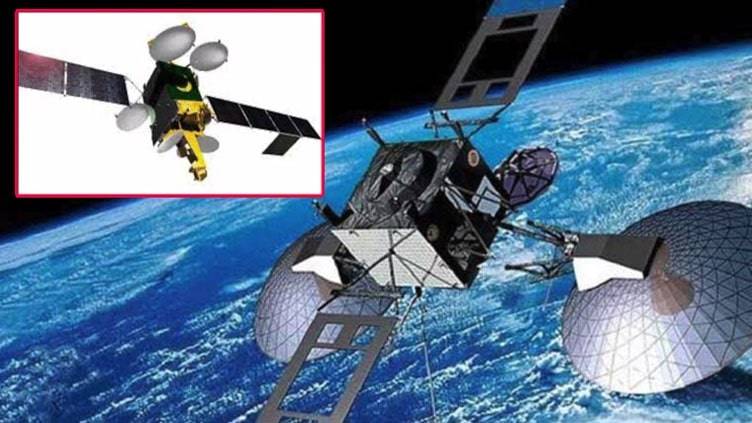Pakistan marked another milestone in its space exploration journey with the successful launch of its second communication satellite, PAKSAT MM-1, on Thursday. The satellite, weighing five tons, was launched from China’s Xichang Satellite Launch Center (XSLC) and is set to deploy at an altitude of 36,000 km above the Earth.
Equipped with state-of-the-art communication technology, PAKSAT MM-1 is poised to revolutionize Pakistan’s digital communication infrastructure. The Pakistan Space and Upper Atmosphere Research Commission (Suparco) expressed optimism about the satellite’s role in establishing an advanced communication network and meeting the growing demands of the telecom sector.
According to Suparco officials, it will take three to four days for the satellite to stabilize in its designated orbit around the Earth. Once operational, PAKSAT MM-1 will offer advanced capabilities to address the increasing demand for high-speed internet and seamless connectivity. Operating in C, Ku, and Ka Bands, as well as providing SBAS services in L Band, the satellite will cater to a wide range of communication needs.
Prime Minister Shehbaz Sharif hailed the successful launch of PAKSAT MM-1, emphasizing its significance in Pakistan’s journey towards becoming a digital nation. He praised the efforts of the nation’s scientists and highlighted the various communication services the satellite would provide, including broadband internet, TV broadcasting, mobile banking, and VSAT connectivity.
The launch of PAKSAT MM-1 follows the historic ICUBE-Q mission, launched on May 3 as part of China’s Chang’E6 mission. ICUBE-Qamar successfully achieved lunar orbit on May 9, operating according to designated parameters. The Chang’E6 mission is scheduled to return to Earth on June 4, marking another milestone in Pakistan’s space exploration endeavors.
The launch of PAKSAT MM-1 signifies Pakistan’s commitment to advancing its space capabilities and leveraging satellite technology for the benefit of its citizens. It underscores the nation’s aspirations to harness the power of space for socio-economic development and technological advancement.













